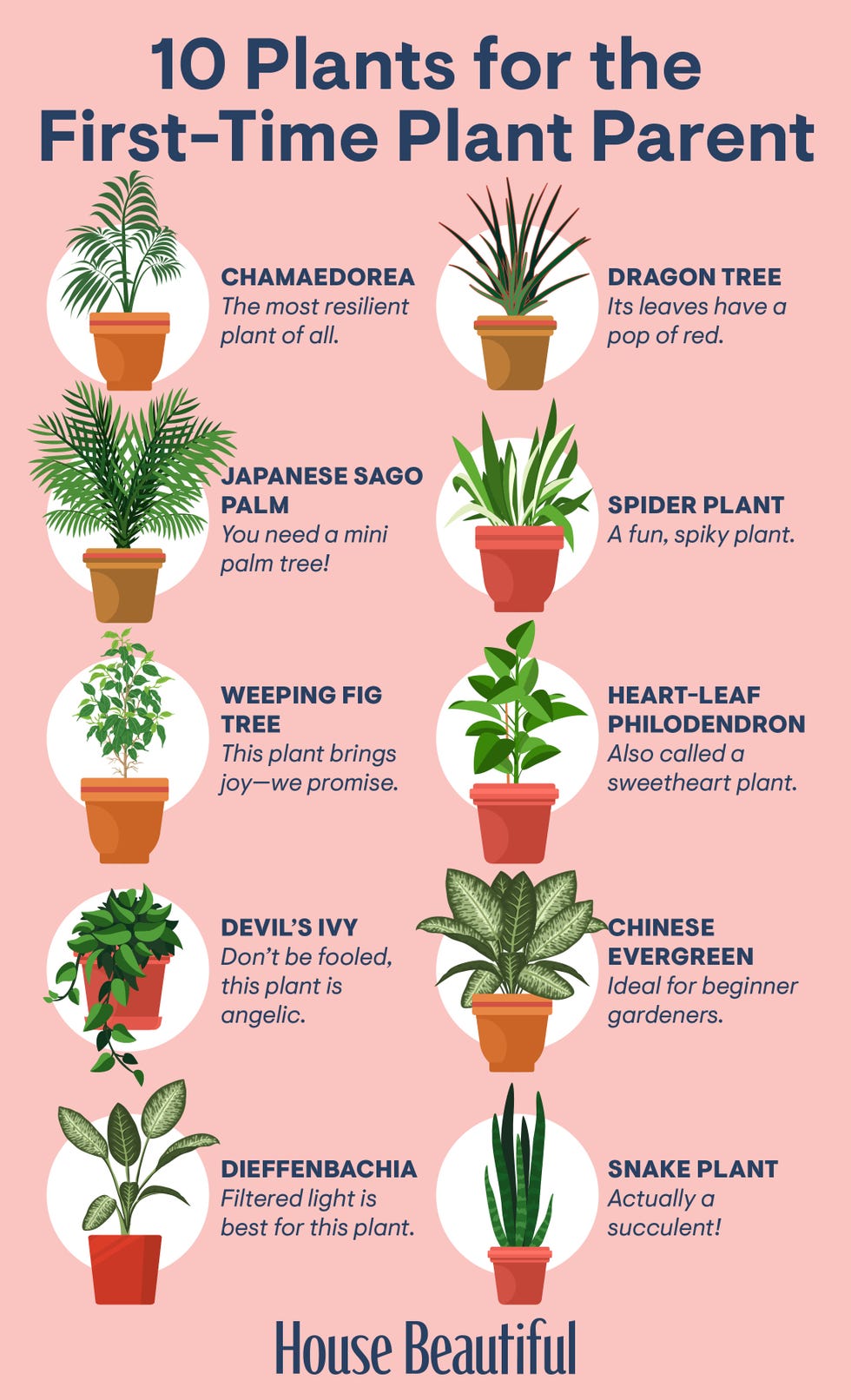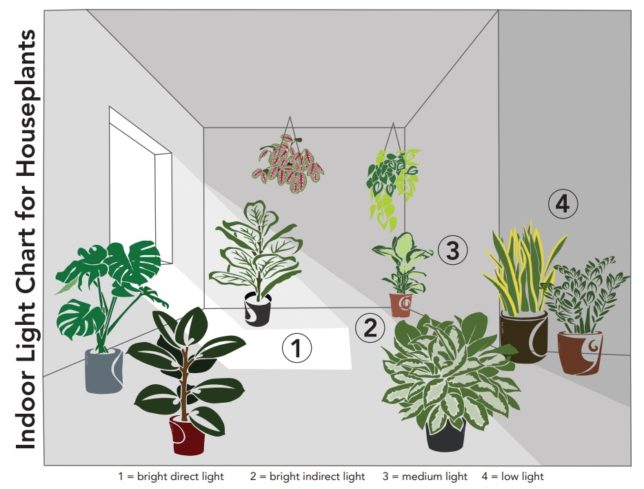The Best Low-Light Indoor Plants for Beginners and Busy Plant Owners
The Best Low-Light Indoor Plants for Beginners and Busy Plant Owners
Blog Article
Transform Your Home With Beautiful Low-Light Indoor Plants and Their Advantages
Incorporating low-light indoor plants right into your home can substantially improve both the visual and environmental top quality of your space. These plants, which grow in dark problems, serve not only as ornamental elements however additionally as natural air cleansers, making them perfect for metropolitan occupants or those with minimal sunlight direct exposure. As we explore the various kinds of low-light plants and their benefits, you might locate surprising means to incorporate them into your home that can change your surroundings in means you could not have prepared for.
Advantages of Low-Light Plants
Low-light plants provide numerous advantages for indoor atmospheres, making them an outstanding option for both novice and knowledgeable gardeners. Among the key advantages is their flexibility to low-light conditions, permitting people to improve their space without the demand for considerable sunlight exposure. This particular makes them ideal for houses, offices, and other locations with restricted natural light.

Furthermore, integrating low-light plants right into home design can boost the aesthetic appeal of a room. Their lush foliage and differed structures create a relaxing environment, adding to general health. The visibility of plant has actually been linked to decreased stress degrees and improved productivity, making low-light plants a useful selection for boosting both mental and physical wellness in interior settings.
Top Low-Light Indoor Plants
While several interior plants flourish in intense light, several species are specifically well-suited for low-light problems, making them excellent for different interior rooms. One prominent choice is the Snake Plant (Sansevieria), known for its striking upright leaves and strength, calling for marginal care. One more superb alternative is the Pothos (Epipremnum aureum), which features heart-shaped leaves and can track beautifully from hangers or racks, flourishing in low light and including a rich touch.
The ZZ Plant (Zamioculcas zamiifolia) is commemorated for its glossy fallen leaves and capacity to stand up to forget, making it perfect for busy way of lives. The Tranquility Lily (Spathiphyllum) not only endures reduced light yet additionally produces sensational white blossoms, improving any kind of area's aesthetic.
For an unique touch, consider the Cast Iron Plant (Aspidistra elatior), which without a doubt meets its name, thriving in the darkest corners of your home. Lastly, the Chinese Evergreen (Aglaonema) offers a selection of leaf patterns and colors while being exceptionally flexible in low-light problems. These plants not only enhance indoor atmospheres however likewise add to air filtration, boosting your living room.
Care Tips for Low-Light Plants

Sprinkling techniques are critical; these plants usually like somewhat dry conditions. Overwatering can bring about root rot, so make sure that the leading inch of soil is completely site web dry prior to watering once again. Use pots with water drainage openings to enable excess dampness to leave.
Moisture is another crucial factor. Several low-light plants, such as brushes and peace lilies, gain from higher moisture levels. To boost moisture, consider misting the fallen leaves or placing a tray of water near the plants.
Fertilization ought to be approached with care. During the growing season, utilize a diluted, balanced liquid plant food each month to support growth, yet stay clear of feeding during the dormant wintertime months.

Imaginative Ways to Display Plants
Indoor plants can offer as exciting prime focus in any type of room, boosting both aesthetic allure and setting. Imaginative screens can boost the visual effect of low-light plants, making them an indispensable component of your home style. One reliable method is to utilize tiered plant stands, which permit you to showcase numerous plants at differing heights while optimizing floor space.
Hanging planters are an additional ingenious alternative, creating a sense of deepness and attracting the eye upward. Think about macramé hangers or wall-mounted racks to present a special appearance and style.
For an extra organized method, use geometric terrariums or glass containers to house your plants, adding a modern touch to your interior yard. You can additionally repurpose vintage products, such as teacups or wood dog crates, for a diverse display screen that reflects your individuality.
Enhancing Home Ambiance With Plants
Incorporating low-light plants into your home not just enhances visual appeal yet likewise adds substantially to the total atmosphere. These plants act as all-natural design elements, presenting a feeling of harmony that can change any type of room. The visibility of plant fosters a calming environment, which is specifically valuable in high-stress atmospheres such as home workplaces or living spaces.
Low-light plants, such as serpent plants, pothos, and ZZ plants, are not just aesthetically pleasing but likewise improve interior air high quality by filtering toxins. This twin function enhances the setting even more, creating a much healthier space (Best low-light indoor plants). The calculated placement of these plants can also affect the assumption of room; for example, tall plants can draw the eye upward, making ceilings show up higher and areas more sizable
Furthermore, varying textures and colors of foliage include deepness to interior design, enabling for imaginative expression in home designing. Whether put on shelves, in corners, or as focal points, low-light plants can boost the state of mind of any area. In summary, including these plants right into your home is a reliable way to foster a warm, welcoming environment while enjoying the advantages of enhanced air top quality and visual versatility.
Final Thought
Integrating low-light indoor plants right into home atmospheres provides numerous advantages, consisting of improved visual allure and enhanced air quality. These resistant plants, such as the Serpent Plant and Peace Lily, require minimal light and upkeep, making them appropriate for diverse lifestyles.
While several interior plants flourish in intense light, a number of species are specifically well-suited for low-light problems, making them suitable for various interior spaces. One reliable method is to make use of tiered plant stands, which allow you to display multiple plants at differing elevations while click here to read optimizing floor area.
Low-light my review here plants, such as serpent plants, pothos, and ZZ plants, are not only cosmetically pleasing but additionally improve indoor air top quality by filtering contaminants. Best low-light indoor plants. The strategic positioning of these plants can also influence the assumption of area; for circumstances, tall plants can attract the eye upward, making ceilings show up higher and areas extra large
These resilient plants, such as the Serpent Plant and Tranquility Lily, need marginal light and maintenance, making them suitable for varied way of lives.
Report this page